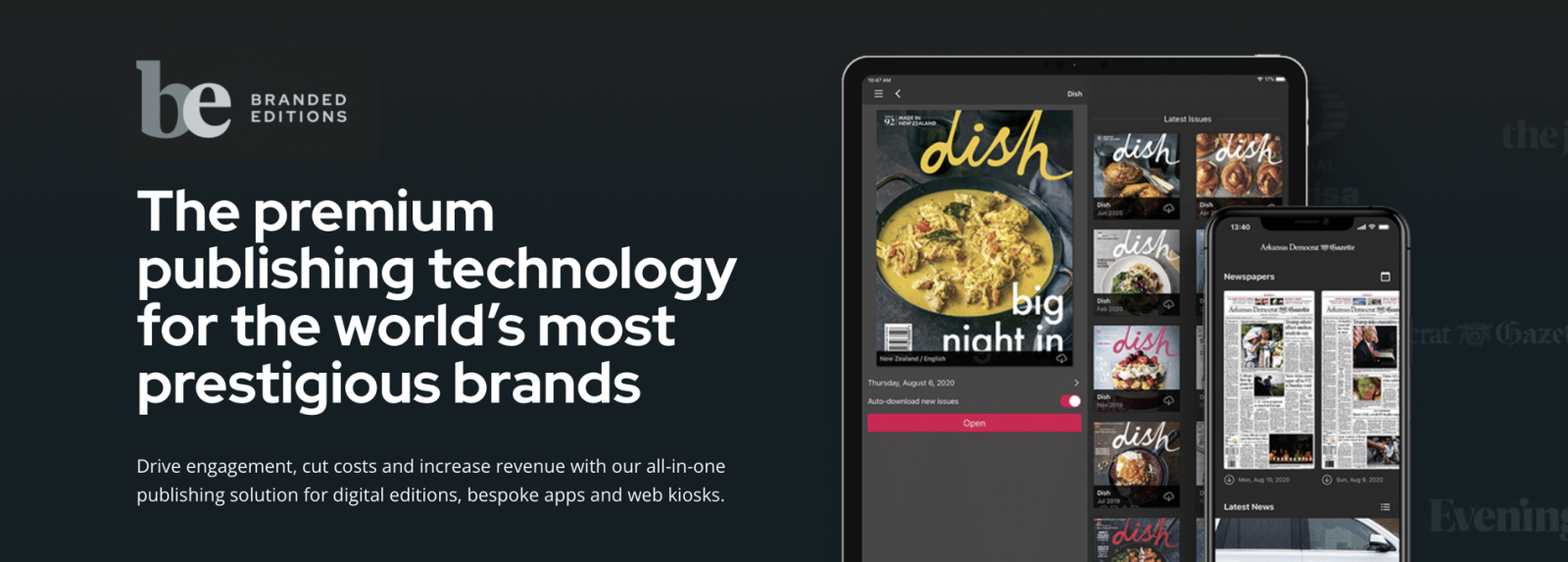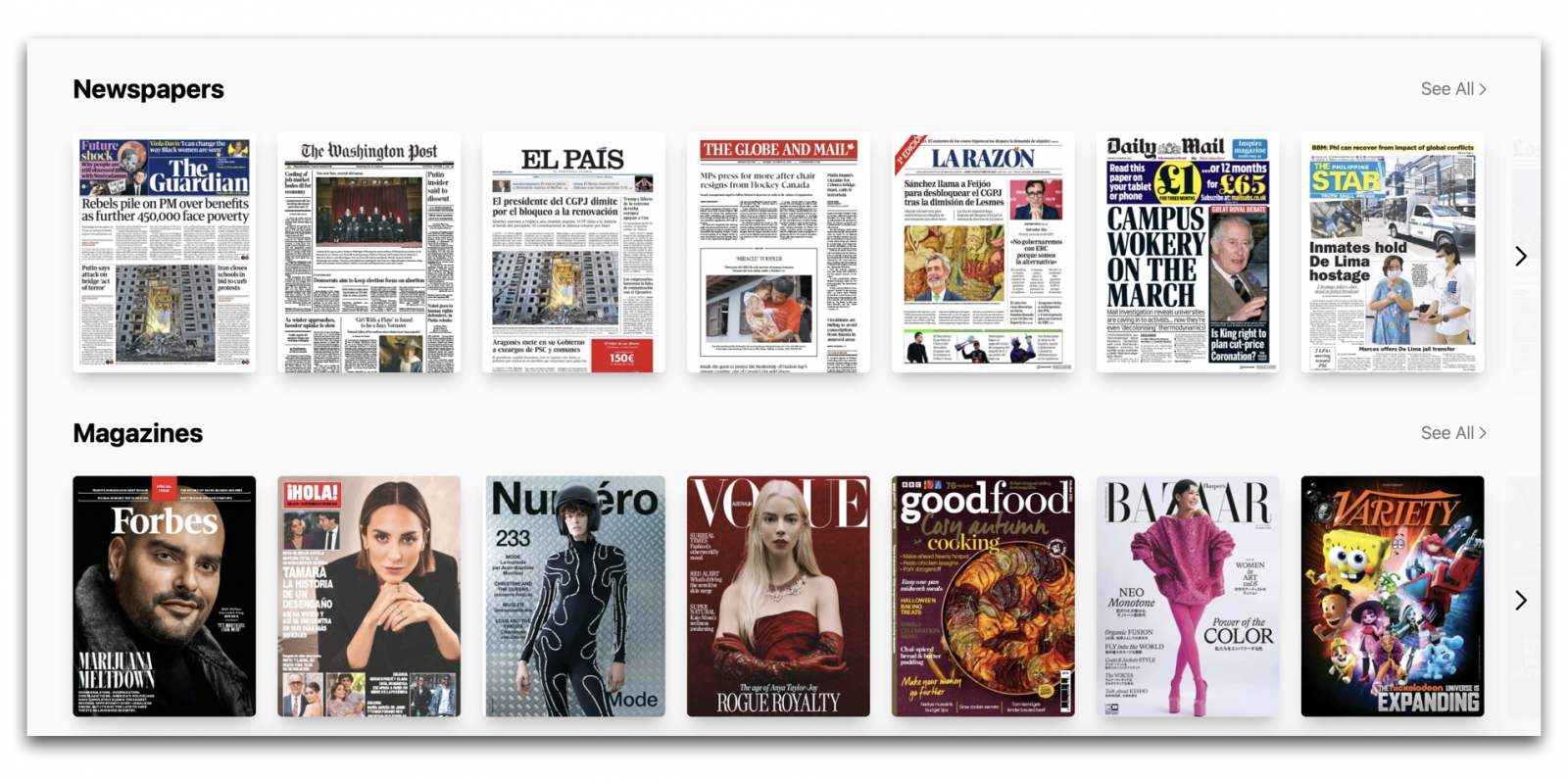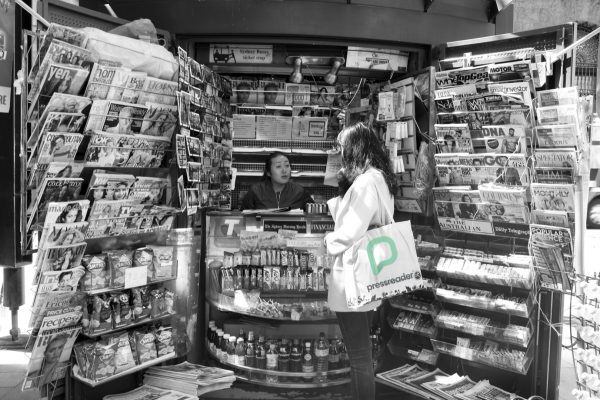PressReader’s Hugo Merino Montero on digital editions, consumer trends, and post-pandemic priorities
Ahead of the upcoming FIPP Insider Berlin event next week, we caught up with Hugo Merino Montero, Director of Branded Editions for PressReader, to get the inside track on what he’ll be taking to the stage to talk about. Supported by recent data, as well as comparative sets from the pandemic period, his presentation will set the scene on where the global industry has been over the past two years, and where we are today…
Having initially joined PressReader seven years ago, Montero now heads up the company’s Branded Edition teams. In addition its 7,000-title strong digital newsstand (which FIPP members can get an ongoing monthly subscription to for FREE by the way), the other key area of focus for the company is helping publishers with their online offerings, and that’s where the Branded Editions side of the business comes into play.
“On the Branded Editions side, we use the same technology as is in the PressReader platform,” Montero tells us. “From there, we develop solutions for publishers so that they can have apps, RSS feeds, set up their subscriptions etc. We’re also the are the largest provider of this technology in the world, working with titles like The New York Times, The Guardian, South China Morning Post, and so on… and the technology is constantly evolving.”
The upcoming FIPP Insider Berlin event takes place next Thursday 20th October, directly after the Media Makers Meet (Mx3) conference at Fabrik 23. The convening is FREE to attend and OPEN TO ALL, giving the wider industry a great opportunity to sample FIPP events and get a fix on local and global media trends.
It’s also the first event we’ve run in Berlin since the pandemic, and will provide an opportunity to take stock on where the industry has been over the past two years, and where we’re at today.
“Two years ago,” says Montero, “we analysed all the data we had from different publishers to see how Covid had affected the B2B industry, whether that be our partners in airlines, hotels, etc. And we’re going to use that data in comparison with today’s to see how the industry has evolved since the pandemic… which will hopefully provide some great insights for this area of the industry to understand current trends, which they can then obviously take decisions on!”

So that said, what are some of the key trends that we are looking at as an industry right now? How did the pandemic affect things, and where are we going next?
“In the case of the pandemic, I would say that based on what I see and what partners share with us, there were a few different trends. For example, many publishers highlighted that their audiences no longer wanted print, because they were afraid of catching Covid, so in many markets we’ve seen an acceleration towards digital.”
“Conversely, there are other places – including Spain – where we are still seeing a particularly strong interest in print, in some cases going back to 2019 levels. So I would say depending on the country and depending on types of publication, there is variance in the popularity of print. And of course, in the case of magazines especially, interest in the print version of these publications is still strong!”
Transitioning from Print to Digital… via the newsstand
It’s a trend we’ve looked at a few times in recent months: magazine readers still prefer print. And especially with the mainstreaming of the burgeoning indie scene, this appetite, if anything, seems to be increasing.
But of course at macro level, the march of digital is clear, and for Montero, seeing his father – a staunch print advocate – making the shift from print to digital, represented a real tipping point in this journey.
“I always provide the example of my father… he used to love print, but at some point he realised he could save money and space by using the digital editions. They are very engaging to read, and one thing people coming over from print particularly seem to like is that you can share articles with friends, which is a big bonus for many users.”

It’s a fascinating transitionary point in the print-digital journey that we probably take for granted these days. But digital editions can – to an extent – recreate the look and feel of the original print product better than any other form of digital media available, and that represents a useful platform for publishers.
“For the publisher, we notice that digital editions are key to understanding the behaviour of their users, in terms of what they like, where they spend, and how they move between different types of content. So introducing a digital edition today can provide the information you need to help take key editorial decisions later on.”
“We are seeing a strong push on this specific product, partly because it represents another way of passing from print to digital, in the form of a more closely recognisable replica of print products. Some publishers will opt for this more replica form of digital in the first instance, before moving to what we call ‘fully digital.”
“And this is a trend that we believe will continue… although it’s obviously hard to predict when the pie charts will be fully-fully digital and indeed IF they’re ever going to end up fully digital at some point.”
“Magazines with niche or specialist audiences are also doing very well at present, we have seen a big increase in new users over the last two years.”
In terms of content, which sectors seem to be performing particularly well right now?
“There is an area of magazines that I would say is very popular right now, which is the celebrity sector! And in fact, right across the industry right now, publications and articles relative to celebrities are doing very well at this time. Magazines with niche or specialist audiences are also doing very well at present, we have seen a big increase in new users over the last two years.”
Finally, I asked Montero where key innovations area coming from right now, and what specific areas of development PressReader is currently working on…
“I think we are seeing that many publishers are using their own, or at least single party sign-on technology these days. This is definitely critical to bringing all the different products they have together and connecting e-magazines, RSS feeds, databases, and so on. So from our pov, we are supporting the industry on that side as well.”
“We are able to integrate with different single sign-ons and third pary databases, including for registration and paywalls. This again is helping publishers to better understand where their audiences are, and how they are interacting with the brand from one product to another.”
You can find out all the details on FIPP Insider Berlin, and sign-up for your FREE place here.
[Main image: Sydney street newsstand (2015), Shutterstock.com/HitManSnr]










